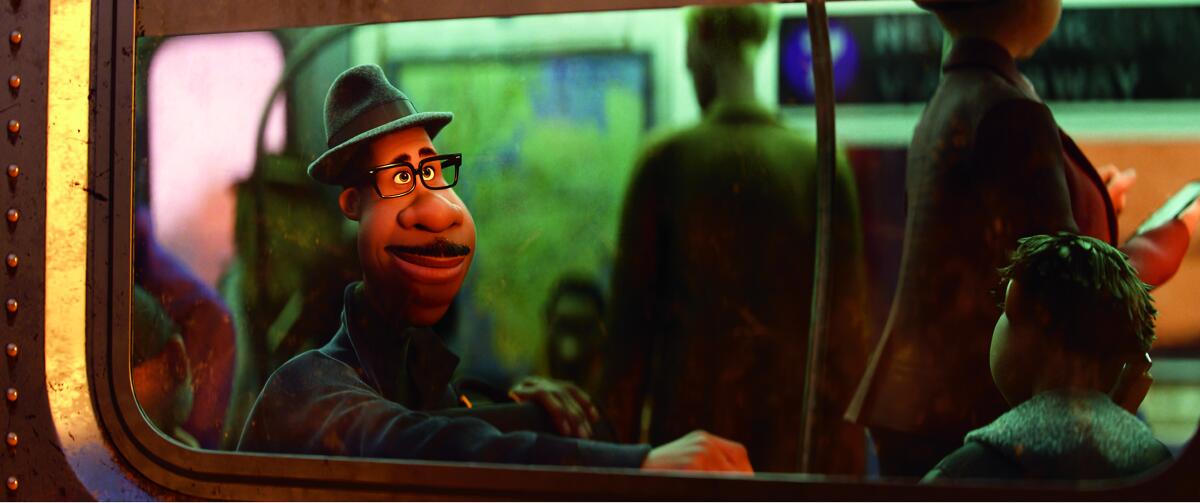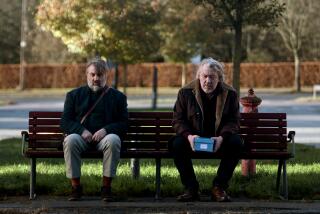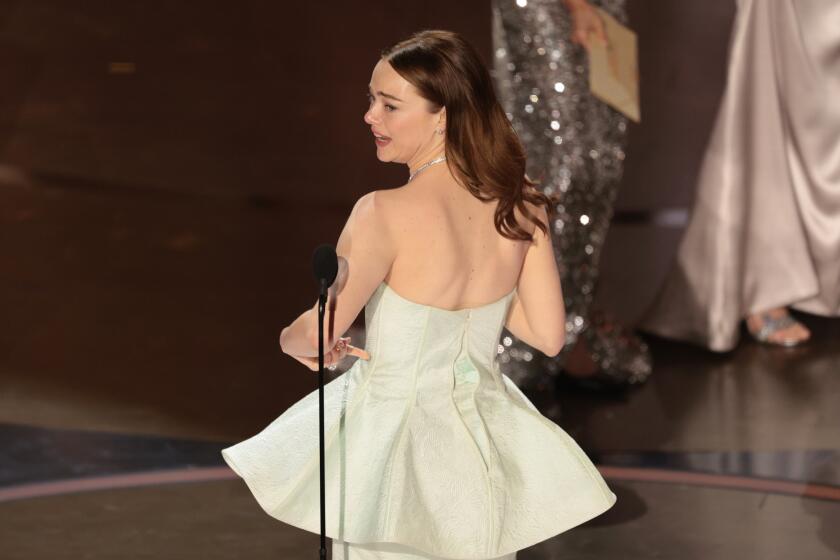What is life all about? Self-exploration is good for the ‘Soul’

“Soul” isn’t what most might expect from a big-studio, animated movie for kids, but Pixar’s success affords it the freedom to try new things — including exploring the oldest of questions.
“I think a lot of us have fallen into that idea of ‘Just find your passion; do what you love, and everything else will fall into place,’ and I came to a point where I’m like, ‘Not everything is coming into place. I’m not happy and content all the time just because I love doing animation,’ ” says “Soul” director and co-writer Pete Docter, a two-time Oscar winner.
“What’s life really all about, and what are we meant to be doing? The film was really an investigation into that.”
“Soul’s” main character, Joe (voiced by Jamie Foxx), is a frustrated jazz musician-turned-teacher about to get his big break at a club when he unexpectedly dies. His struggle to return to his life (accompanied by a kind of baby soul voiced by Tina Fey) to fulfill what he sees as his purpose forms the story. As Docter says, “Soul” is not concerned with religious dogma, but with being present and alive right now, which makes the highly improvisational art of jazz an appropriate theme.
It helped considerably that co-writer Kemp Powers used to cover jazz as a journalist, but there’s no replacement for lived experience. Docter refers to the opening scene, in which Joe conveys to his students how he fell in love with jazz when his father took him to a club:
“Where that came from was me asking Jon Batiste, who played the music, ‘Describe to me a moment like this.’ And I almost literally transcribed what he said and put it in the film.”
Batiste, the Juilliard-trained pianist known for his musical direction of “The Late Show With Stephen Colbert,” performed on the score and contributed compositions.
“I’ve spent my life in jazz, and I come from a lineage of jazz musicians and jazz educators,” the sunny Batiste says in a separate interview. “So I really wanted to make it as authentic as possible. I spent a lot of time with Pete and Kemp to really insist on it having the type of authenticity that we rarely get to see on the screen for jazz and jazz culture.”
Jazz being an integral part of the story led to Pixar’s first Black protagonist. Docter, Pixar’s chief content officer, says the studio was well aware of the dearth of diversity among its lead characters, but “for better or worse,” those concerns are not what led to Joe.
“As we did the research into jazz, one of our consultants said, ‘It’s Black improvisational music’ ... it is developed and a gift to the world from African American culture. It felt like the right thing to do would be to make Joe Black,” Docter says.
Via email, Foxx said, “Being the first Black Pixar lead is a blessing and feels so special, especially right now, when we need love and light during these heavy times we are living in. Our family loves Pixar. My youngest daughter, Anelise, told me that I ‘finally made it’ when she heard I was going to do ‘Soul.’ It’s a big deal.”
And then there’s the film’s look, which, apart from the before-life cosmic vistas, is as earthbound as New York City gets. Unlike the candy-color palettes one would associate with most animated films, the “Soul” of New York is conveyed in muted tones, haze in the air and fewer light sources.
“Ian Megibben, who’s our director of photography, was like, ‘All the classic films in New York are from the ‘70s.’ So that anamorphic lens choice — he really tried to approximate the same kind of filmmaking in terms of technique and equipment that would have been used from the ‘70s to capture the grittiness,” Docter says.
“The goal was never photorealism so much as naturalism,” Megibben says. “I came up with a bunch of rules. I said, ‘We’re going to look for opportunities to use single sources when we’re inside an environment,’ which has a kind of low-budget, independent feel. ‘We’ll motivate it by windows or fixtures you’d find in the scene.’ ”
All of which enabled the farther-flung aspects of the film to land in a down-to-earth way. Just as the metaphor of jazz served the heart of the story:
“There’s this great clip of Herbie Hancock; he has a story of working with Miles Davis,” Docter notes. “The punchline is that [Hancock] played some wrong notes, and he was like, ‘Oh no, I just screwed up the whole concert,’ and without even really stopping, Miles took a breath and played some notes and made that chord right. Hancock said, ‘He didn’t judge it as something right or wrong. He just took it as a new event and tried to do something, create something of interest with it.’
“Hearing that, my brain was like, ‘This is so perfect for the theme of the movie!’ ‘Cause we don’t control half the stuff in our life. We don’t get to decide where we’re born, who are parents were, any of that stuff. But you can try to do something with it. That’s very personal, and of value and beautiful.”
More to Read
From the Oscars to the Emmys.
Get the Envelope newsletter for exclusive awards season coverage, behind-the-scenes stories from the Envelope podcast and columnist Glenn Whipp’s must-read analysis.
You may occasionally receive promotional content from the Los Angeles Times.







